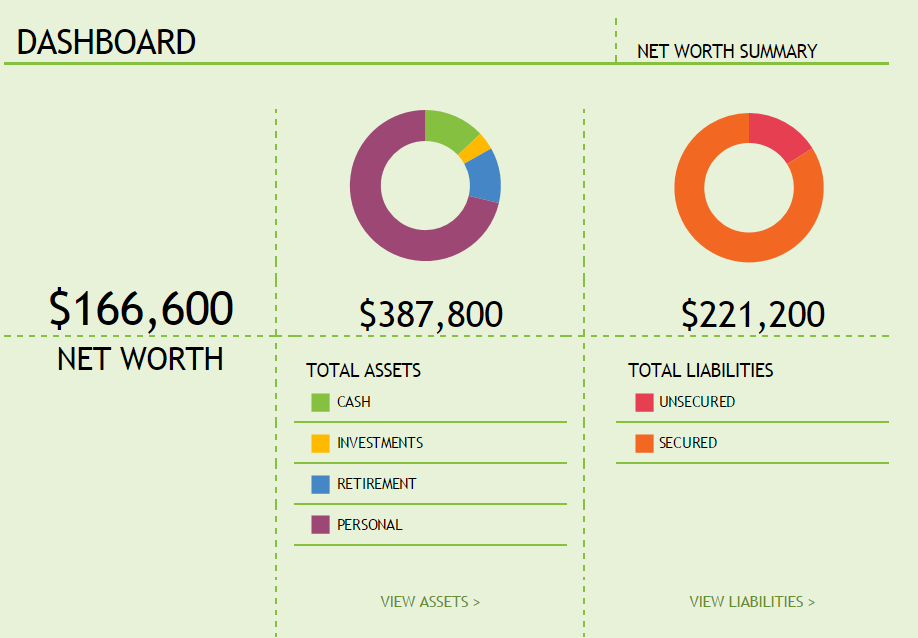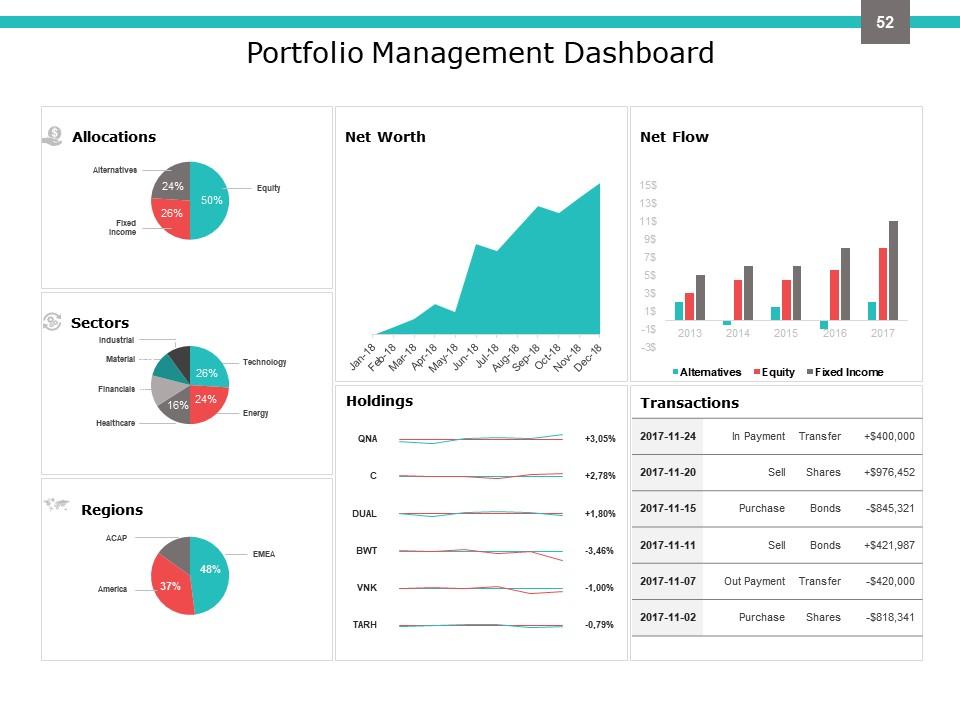Organization and leading a clutter-free life can help you in so many ways.
Both mind and body feel lighter and better equipped to handle the challenges of life.
It’s no wonder that Marie Kondo, author of the “The Magic of Tidying Up” has found critical success worldwide.
Here are the top 5 tips to organize your financial life.

This article was submitted by a Guest Contributor.
1. Have a filing system
While we are transiting to digitalizing everything, the truth is that we STILL receive a lot of bills, payments, and notifications through hard copy post.
We also have important financial documents that should be stored safely.
While it’s tempting to just chuck everything in a drawer, having some sort of filing system will improve your organization greatly.

You will also feel much better when you know where everything is, especially important documents.
This means that you can find, or check things easily when you need it.
This filing system can also extend to receipts and other miscellaneous items that go towards tracking your expenses.
It doesn’t need to be difficult, just having a folder with separate compartments for different categories can already go a long way in helping you organize your financial life.
2. Pay your bills automatically
GIRO was invented for a reason.
If possible, pay recurring bills automatically so you are on track with all your bills, and won’t incur nasty late fees.
Late credit card fees are the bane of everyone’s life.
Put a recurring reminder on your phone to remind yourself to cancel your credit card or request a fee waiver where appropriate.

BTW – we share commentary on Singapore Investments every week, so do join our Telegram Channel (or Telegram Group), Facebook and Instagram to stay up to date!
Just created a Discord server where I collate analyst reports and investing resources that I come across in my research. Hit us up here if you’re keen.
Don’t forget to sign up for our free weekly newsletter too!
[mc4wp_form id=”173″]
3. Opt out of clutter
As we make the transition to a fully digitalized world, you can opt out of receiving paper notifications and bills.
Equally, decluttering applies to your digital life!
Organize your email inbox, delete the thousands of unread emails.
This will be like a weight lifted off your chest.
Unsubscribe from irrelevant newsletters, so they stop cluttering your inbox.
Alternatively, use a separate email account for these kind of miscellanous newsletters so your primary inbox remains clutter-free.
A bonus from unsubscribing to shopping newsletters is that you will also spend less!
There is always a sale next month anyway, you don’t need to be reminded to spend more money.
10.10, 11.11, 12.12 anyone?
4. Create a budget
The best way to get organized with your financial life is to create a budget.
These days, you can easily use an app to do it for you.
Check out CNBC’s list of best free budgeting tools of 2022 – click here.
Alternatively, most bank apps these days also offer you some kind of consolidated statement of your income and expenses. This can help you monitor your budget.
This also extends to your investing portfolio and dividends.
All of this helps you keep on top of your finances – and motivated to grow your wealth!
5. Track your net worth
Related to #4, is tracking your net worth.
You can’t aim to grow your net worth, if you don’t have a clear picture of your asset allocation, assets & liabilities.
This is vital information for you to know.



Track your investment portfolio.
Know which sectors you are investing into, and the proportion you are investing into.
Tracking is important so you can identify trends – which sectors are doing well?
What are your winners & losers?
Tracking will also help you to rebalance your portfolio – both in terms of risk exposure & diversification purposes.

Any advice on free tools to track portfolio performance?
Excel or Google Sheets might be your best bet.
Unfortunately there are not that many tools out there tailored for SG investors. So if you use one off the shelf you will probably need to do some customisation to incorporate portfolio elements not tracked by the tool (for eg. CPF). And even then, the free ones have quite limited functionality these days.
Thanks. Google sheets is great for valuation (I love how you can input livemarket cap, price and exchange rates into cells) but I haven’t tried for portfolio performance and will have a go.
Sharesight is excellent if you’re a pro and willing to pay subscription fee, but for average retail when only really need to know performance at tax time and rest of year is nice to know given cost. I’m an ASX focused investor but would also be good for Singapore equity investor too.